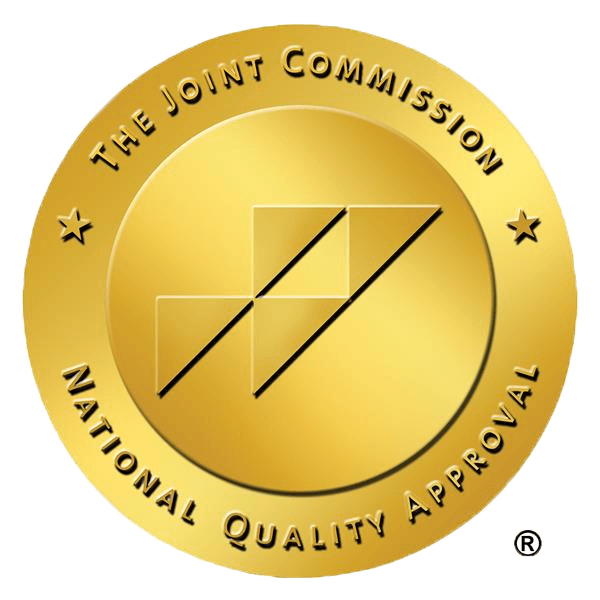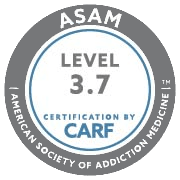Xanax: About, Withdrawal, and Treatment
Table of Contents
Xanax is a medication widely prescribed to treat anxiety and panic disorders, but it’s also a Schedule IV controlled substance with the potential for abuse. People who abuse Xanax or who use it for a long period of time can become physically dependent on this drug, and experience a wide range of withdrawal symptoms when trying to quit. Xanax detox is a treatment available at inpatient residential rehab centers that can help people safely recover from Xanax dependence.
What Is Xanax?
Xanax belongs to a class of medications called benzodiazepines. Benzodiazepines act as sedatives that slow down the central nervous system to help people feel more calm and relaxed. The generic version of Xanax is called alprazolam. MedlinePlus reports that in addition to treating anxiety and panic disorders, Xanax may also be prescribed to treat depression, agoraphobia (fear of open spaces), and premenstrual syndrome (PMS).
According to a 2018 study published in the Journal of Addiction Medicine, Xanax is the most commonly prescribed and misused benzodiazepine in the U.S. and accounted for more than 48 million prescriptions dispensed in 2013. Prescribing rates for Xanax remain high despite the fact many prescribers say this drug has high abuse potential and causes a more severe withdrawal syndrome than other drugs in its class.
How Do People Become Dependent on Xanax?
Xanax can lead to physical dependence even when used for a short time due to the way it acts on the brain and body. The aforementioned 2018 study reports that Xanax use for just one week is shown to trigger withdrawal symptoms in mice. Xanax dependence is unintentional for many people and occurs even when patients take their medications properly as directed.
The National Institute on Drug Abuse (NIDA) reports that among the U.S. adults who use benzodiazepines like Xanax, 17.1 percent misuse them and fewer than 2 percent have benzodiazepine use disorder. Adults who misuse Xanax can easily become dependent on this medication as a result of using high doses on a regular basis. Xanax dependence can be significantly more dangerous for those who intentionally misuse the drug, especially when users start buying Xanax from dealers on the street. The DEA reports that in 2018 and 2019, dealers were caught selling alprazolam tablets that tested positive for fentanyl and cocaine.
What Is Xanax Withdrawal?
Xanax withdrawal is the term used to describe the set of symptoms people will experience upon abruptly discontinuing this medication. People who are taking prescription Xanax will usually have their doses reduced gradually to minimize withdrawal symptoms, but those who are using this drug illicitly are often forced to stop it abruptly when their supplies run out.
Common symptoms of Xanax withdrawal include:
- Seizures
- Sweating
- Difficulty sleeping
- Muscle cramps
- Diarrhea
- Headache
- Blurred vision
- Anxiety
- Depression
- Aggression
- Nausea and vomiting
- Decreased appetite
- Weight loss
- Increased sensitivity to light and noise
The World Health Organization (WHO) reports that alprazolam withdrawal symptoms usually begin one to two days after the last dose and continue for two to four weeks or longer. The length of Xanax withdrawal varies from one person to the next based on factors such as the severity of drug dependence, dosage amount, and whether Xanax was being used with other substances.
How Can Xanax Withdrawal Be Safely Treated?
Xanax withdrawal can be extremely dangerous when conducted without medical care and supervision. For instance, symptoms like vomiting, diarrhea, and sweating can increase the risk of dehydration, while seizures may lead to brain damage or death. Xanax withdrawal is safest when conducted in an inpatient residential rehab environment where patients can be monitored closely as they go through withdrawal.
During Xanax withdrawal or detox, patients are given benzodiazepines in gradually decreasing amounts to reduce and relieve symptoms, and to prevent seizures. Patients are usually switched from Xanax to an equivalent dose of diazepam to help them become more stabilized. The stabilization period of Xanax detox lasts for between four and seven days before patients’ doses are gradually reduced. After several weeks, patients can transition to a drug rehab center where they can continue to heal while learning how to manage triggers associated with addiction.
Xanax Detox at Dana Point Rehab Campus
Dana Point Rehab Campus offers detox and a variety of drug rehab programs to help people recover from drug dependence and addiction. Call us at 949-347-5466 to confirm your insurance benefits and begin the admissions process today.








